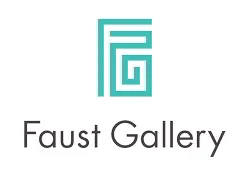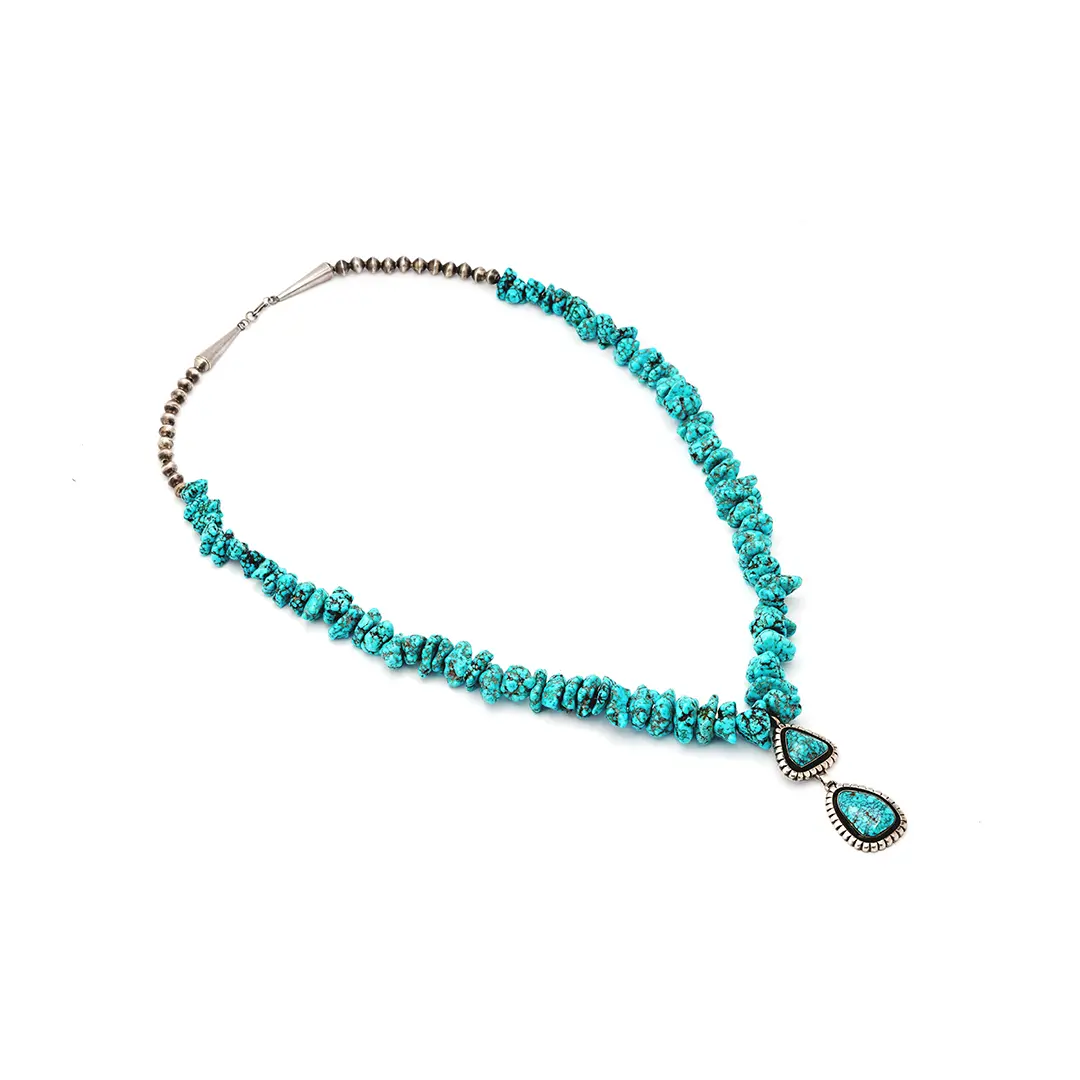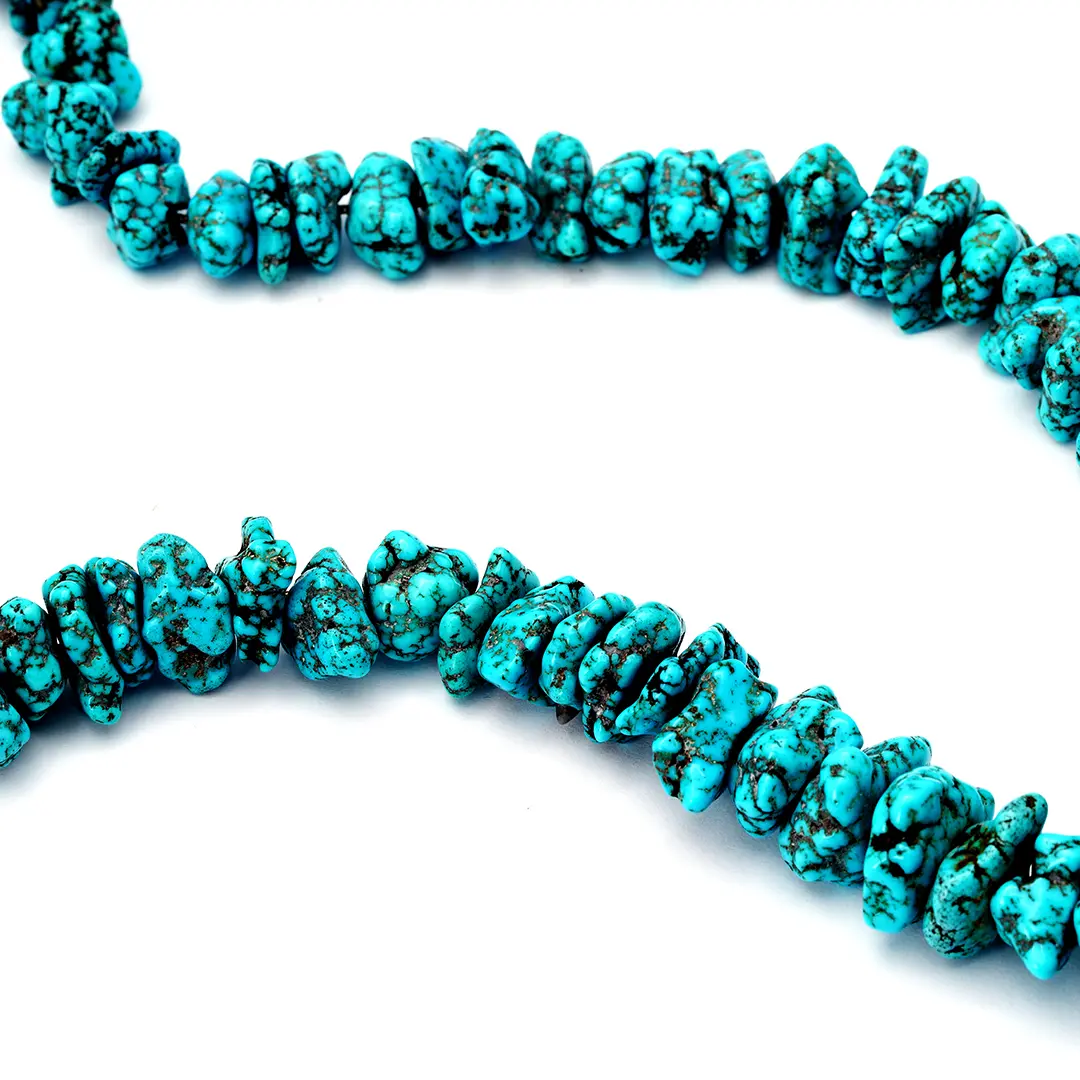Necklace Length Guide – Find the Right Fit for Your Look
When selecting a necklace, the length makes all the difference in how it feels, looks, and layers. Whether you’re purchasing a fine inlay pendant or a hand-fabricated gold chain, this guide will help you choose the ideal necklace length for your body and style.
Standard Necklace Lengths for Adults
| Length | Name | Where it falls | Best For |
|---|---|---|---|
| 14″ | Choker | Tight around the neck | High-neck outfits, layering, bold statement |
| 16″ | Collar | Base of the neck | Everyday wear, delicate pendants |
| 18″ | Princess | Sits at collarbone | Classic choice, suits most necklines |
| 20″ | Matinee | Just below collarbone | Slightly longer pendants, high necklines |
| 22–24″ | Opera | Above bust or mid-chest | Statement pendants, layering |
| 30–36″ | Rope or Lariat | Drapes below the bust | Elegant evening wear, versatile wrap styling |
Tip: Use a string and ruler to test different lengths before ordering.
Necklace Length Guide for Women
-
16–18″ is the most popular length for everyday wear.
-
20–24″ works well for longer pendants or statement pieces.
-
For a more dramatic look or layering, 30”+ lariats can be styled doubled or knotted.
Necklace Length Guide for Men
-
18″ fits closely around the neck.
-
20″ falls at the collarbone and is the most common men’s length.
-
22–24″ offers a relaxed fit for pendants or heavier pieces.
Tips Based on Body Type and Face Shape
-
Petite frames: 16–18″ helps elongate the neck and keeps proportions balanced.
-
Broad shoulders or larger chest: Consider 20–24″ for a comfortable fit.
-
Round or square faces: Longer necklaces (20” and up) help create a more elongated appearance.
-
Oval faces: Almost any necklace length will complement this shape.
Pairing Lengths with Jewelry Styles
At Faust Gallery, many pieces are one-of-a-kind and deserve to be showcased at the perfect length:
-
Inlay pendants or large stones: Opt for 18–22″ to center the piece on the chest.
-
Gold and silver chains: Use 16–20″ for layering or 24″+ for a longer, refined look.
-
Artist-made lariats or figure pendants: Let them shine with 30″+ lengths, styled simply.
Necklace Fit and Styling Tips
-
Measure where you want the pendant or focal point to rest.
-
Consider the weight of the piece—heavier pendants hang lower.
-
Handmade or artist-signed closures may add extra length to the total chain.
-
Try on with the neckline you plan to wear it with for the most accurate look.
Need Help Choosing the Right Length?
We’re here to help you make the perfect selection.
-
Email us at sales@faustgallery.com
-
Visit us in person at our Scottsdale, AZ or Santa Fe, NM galleries
-
Request a photo or video of how the necklace hangs on a bust or model
Custom Chain Lengths Available
Some pieces can be adjusted to suit your preferred length. Contact us before purchasing—we’ll work with the artist when possible to ensure your necklace is tailored to fit your vision.



